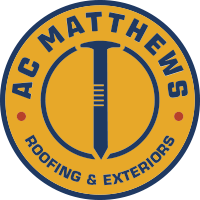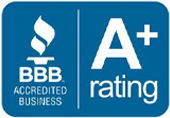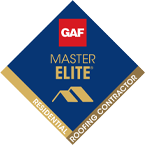Low-Pitch Roofing in Maryland
What Are Low-Pitch Roofs?
Low-pitch roofs can be described as having flat slopes, angles, or gentler inclines.
Low-slope roofs generally have a minimum slope of 1/4 inch vertical to 12 inch horizontal (¼:12 or 2 percent), depending on the roofing material used for them. Roofs are considered low-slope up to a 3:12 pitch.
Contrary to steep-pitch roofs, these roofs are not commonly seen in traditional architectural styles. It’s the modern architectural styles low-pitch roofs blend best with, as they offer a sleek and contemporary look, and come in various designs.
They are incredibly easy to maintain. Local roofers can easily access this type of roof, as it has a sturdy foothold for any repair work needed. There’s minimal worry for safety, and jobs are quickly completed, depending on their complexity.

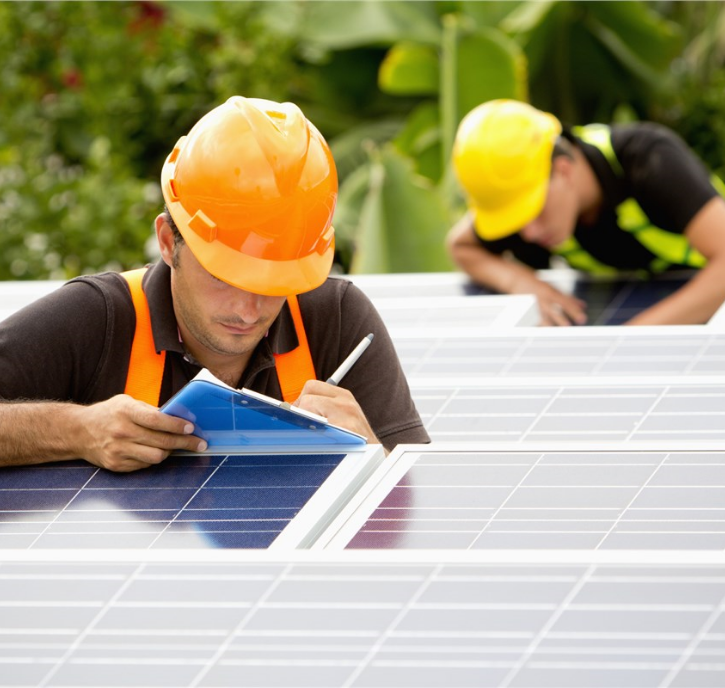
What Are the Benefits of Low-Pitched Roofs?
Roofs with low slopes are aesthetically flexible. They can be applied to many contemporary building types.
All the open, extra space on your roof can be used for your own DIY garden, or you can install solar panels for better energy efficiency. Don’t be afraid to get creative with your own low pitch roof solutions!
If your roof gets damaged or work needs to be done on it, local roofing companies can easily tend to it without major preparation. Thus, repairs are easier.
A low-slope roof usually means you won’t have extra attic space, if there’s an attic at all.
However, that does mean getting a reduced installation cost, as there is less surface area of the roof to build, which helps keep material costs down.
When looking for a modern and functional roof, low-pitched roofs are an ideal choice.
What About the Disadvantages of a Low Slope Roof?
As with every roofing system you choose, you’ll find faults with this one, too. You must be familiar with these when you finalize your decision.
Compared to steeper slopes, a low-slope roof:
- Has slower drainage of water, snow, and ice.
- Has frequent debris build-up on the roof.
- Is incompatible with some roofing materials.
If you’re thinking about installing a low-pitch roof, its shape must complement your building’s overall look, whether they’re in the modern, contemporary, or classic style.
One benefit that results from this is if you stick to a consistent aesthetic, your building’s worth can increase, which in turn can attract more buyers if you ever decide to sell it.
The efficiency and longevity of a low-pitch roof are directly proportional to the quality of its roofing material.
Low-pitch roof installations often use modified bitumen or single-ply membranes, as these materials are highly resistant to wear and tear.
Low slopes require exceptionally reliable waterproofing.
In order to avoid damage from water seepage and leaks, invest in high-quality waterproofing systems that will withstand years of rain, snow, and moisture.
Alongside waterproofing, flat roofs must have adequate drainage to prevent water buildup and guarantee efficient outflow.
You can prevent water accumulation on a roof by installing a proper drainage system, such as gutters, downspouts, and internal or external drains.
If you live in an area where storms are frequent, then you must give special care to low-slope roofs. Choose materials that have great wind resistance.
A strong internal structure and reliable fastening methods are examples of wind-resistant roofing technologies. They help to keep a roof stable in the face of high winds.
Maintaining a low-slope roof can be pretty straightforward.
You should ultimately focus on the amount of debris left over on your roof after heavy rainfall or other storms. In order to keep water from pooling and prevent drainage systems from getting clogged, all debris must be removed immediately.
Furthermore, reapplying paints or sealants on a regular basis to your roof can increase its protection and lengthen its lifespan.
Be attentive to the load capacity of a low-pitch roof. This especially applies to areas that see plenty of snow.
A roof’s ability to endure the weight of accumulated snow without compromising its structural integrity depends on two factors:
- the roofing materials used during the installation,
- and how the structural support of your building was set up.
If you use reflective roofing materials like a white or light-colored membrane, you may have reduced cooling costs in the summer.
Applying solar panels on your low-slope roof can produce clean energy and reduce your building’s carbon footprint, as well.
You must have proper ventilation to prevent mildew, rot, and condensation. Once you’ve installed vents and/or an exhaust system on your roof, the area under it should remain dry throughout the year.
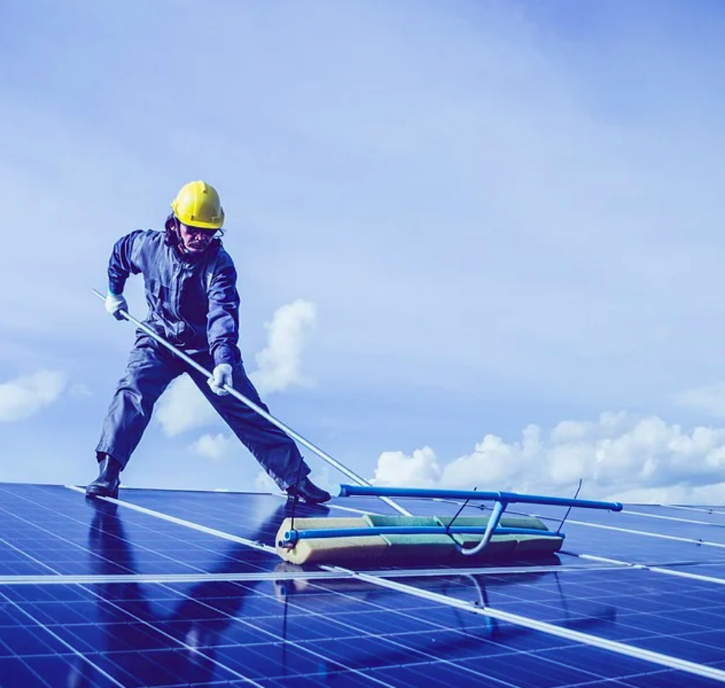
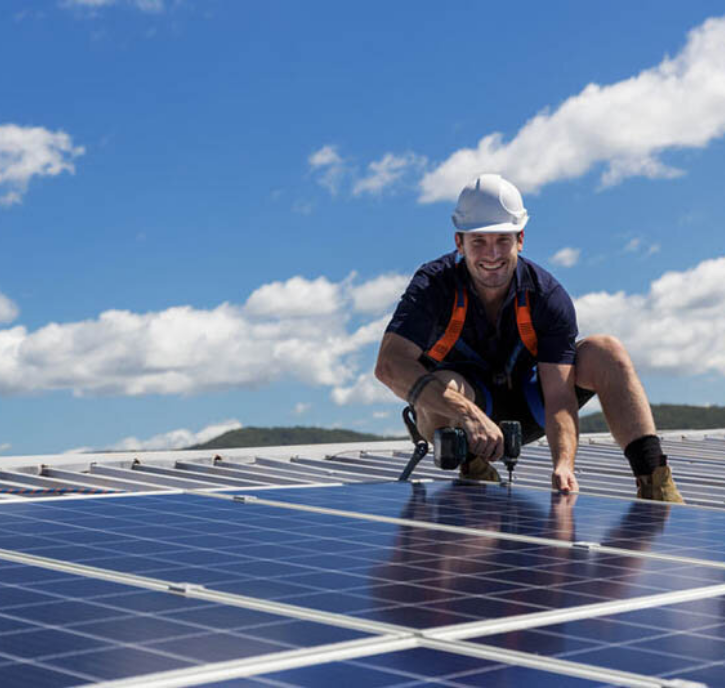
Transform Your Roof with AC Matthews, Roofing & Exteriors
If having a low-pitch roof is something you’d like to invest in, talk to AC Matthews!
We have established ourselves through the years as a trusted source of roofing options for low pitch roofs. We are GAF-certified, Master Elite Roofing contractors, offering a protection period of up to 50 years for roofs installed by us.
Get firsthand information about any roofing services from AC Matthews today!
Top Rated Roofing & Exteriors Company in Northern Maryland
Trustindex verifies that the original source of the review is Google. AC Matthews did a great job on my roof. It looks so good! They are also very easy to work with and dedicated to customer satisfaction.Trustindex verifies that the original source of the review is Google. We had a great experience with AC Matthews Roofing & Exteriors. From start to finish, the team was incredibly helpful, responsive, and communicative. They made sure our yard was thoroughly cleaned after completing the roof work and even followed up afterward to ensure everything was holding up well. What really stood out was their honesty and transparency. They had several opportunities to upsell us, but instead, they clearly explained the benefits and costs of additional services without any pressure. Ryan McKibbin was especially helpful throughout the process—professional, knowledgeable, and easy to work with. Hopefully, we won’t need roofing services again anytime soon, but if we do, we’ll absolutely call AC Matthews again. Highly recommend them without hesitation!Trustindex verifies that the original source of the review is Google. Very satisfied. I would recommend ACM to friends & family without hesitation.Trustindex verifies that the original source of the review is Google. AC Matthews is my go-to for my roof. I had a leak after a heavy rainstorm, Matt came out the next day, did a patch and then gave me his recommendations on how to fully fix the issue. We finalized plans and costs. Within a week of signing the contract I had my leak fully fixed. Matt and his team very professional and great to work with. Will be using again when it is time to replace the whole roof.Trustindex verifies that the original source of the review is Google. AC Mathews was great to work with to get our roof replaced. Friendly and professional, they helped with every step of the way. They worked with the insurance company to make sure everything was covered. Their crew was done in less than a day and we had a high quality, beautiful new roof.Trustindex verifies that the original source of the review is Google. Had Mr. Corey Reed and his team re-shingle our roof in early October. He answered all of our questions and concerns. Shingles replaced in 9 hours and the workmanship was great. Have only found one roofing nail in the grass which was a big bonus. Thanks again!Trustindex verifies that the original source of the review is Google. AC Matthews is incredible! I contacted them during Thanksgiving holidays, and on Saturday, I received a response notifying me that they could come out to take a look within a few days. They arrived on time, were professional during the inspection, pleasant and sincere in their communication, and considerate of the property and environment. What more could you ask for? I highly recommend AC Matthews without any reservation!Trustindex verifies that the original source of the review is Google. All work was performed on schedule and with great care. The crew worked diligently to get the project completed promptly. After the work, cleanup was meticulous. I couldn’t be happier it looks great.Trustindex verifies that the original source of the review is Google. When a leak developed in our kitchen ceiling, we asked our realtor friend if she knew any good roofers. Of course she did; she knows all the best house-related businesses. She recommended only one: AC Matthews. She forwarded us their information along with high praise. Matthew C walked us through the process of inspection, labor and materials estimates, and working with our insurance company. He detailed all the possible insurance coverage outcomes. Matthew advised us at each step of the process. He was responsive and so helpful. Crucially, he worked with both us and our insurance company when they became challenging. It took several tries, as Matthew had prepared us it could, but in the end, insurance covered the cost for a beautiful new roof and perfectly repaired kitchen ceiling. We had the best possible outcome because of AC Matthews’ service, expertise, and professionalism.Trustindex verifies that the original source of the review is Google. I would absolutely recommend working with AC Matthews to complete your roofing needs. In fact, 2 of my neighbors quickly called Matt after my recommendation and have had great success. Both Matt A and Matt C are experienced in this industry and are extremely knowledgeable about the insurance process. In our case, it took 6 months to get an insurance approval, but Matt A never gave up and he spent hours on the phone coaching me on what to say and how to work through the obstacles. When I wanted to give up, Matt continued to give me good tips on how to prove that my house needed coverage. There is no "hard sell or upsell" with these guys - they are the nicest people first who also happen to know everything there is to know about roofs and home insurance and want to treat you like you deserve to be treated. AC Matthews also replaced my gutters, metal awnings and shutters to give me a complete makeover on the exterior of the house. Their only goal is that you get your new roof the way you need it and are extremely happy with the process. Matt and Matt continue to be friends with our family now after this process. That's the kind of company you'd be working with. Great people, great product. Highly recommend - you wont be disappointed.

Frequently
Asked Questions
If your roof has minor damage—like a few missing shingles or a small leak—repair may be all that’s needed. However, if your roof is aging, has widespread damage, or has been impacted by severe weather, a full replacement might be the more cost-effective and long-term solution. At AC Matthews, we offer free inspections and expert guidance to help you make the right decision for your home.
Our roof installation process is designed to be straightforward and stress-free:
- Free Estimate – We inspect your roof and provide an honest, no-pressure quote.
- Project Planning – Your dedicated project representative walks you through material options and timelines.
- Preparation – We protect your property and remove the old roofing materials.
- Installation – Our team installs your new roof with precision and care, using high-quality materials.
- Clean-Up & Final Inspection – We ensure your property is spotless and walk you through the final result for full satisfaction.
We offer a variety of durable and attractive roofing materials to suit your home and budget:
We will help you choose the best material based on your needs and preferences.
If you spot water stains, drips, or damp spots on your ceiling, act quickly. Contact AC Matthews for a free roof inspection. Delaying repairs can lead to more severe and costly damage. We’ll identify the source of the leak and recommend the most effective repair or replacement option.
Gutter guards are protective covers that prevent leaves, debris, and pests from clogging your gutters. They help keep water flowing away from your home, reducing the risk of water damage and foundation issues. If your gutters frequently clog or you want to minimize seasonal maintenance, gutter guards are a smart investment. AC Matthews offers professional gutter guard installation tailored to your home.
